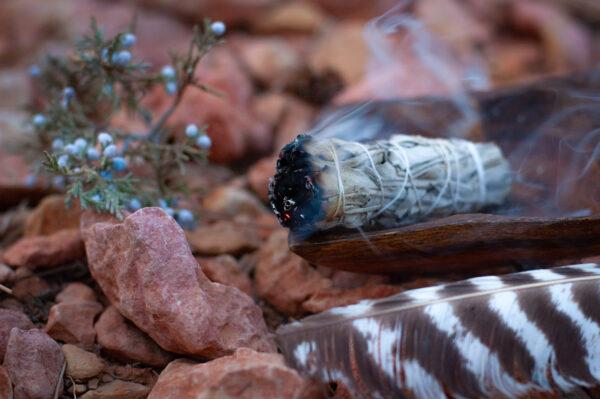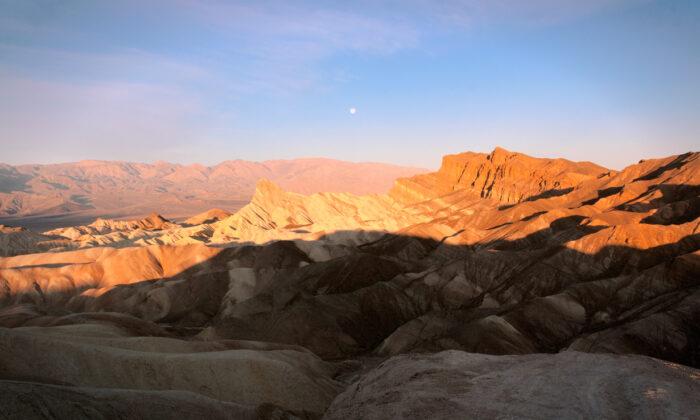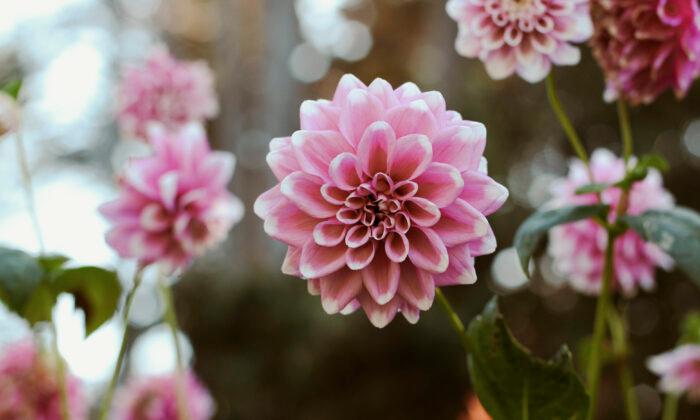The practice of burning sage in one’s surroundings, or “smudging,” is an ancient Native American ritual that is increasingly popular across cultures. Beyond associated spiritual beliefs, there is growing scientific reason to consider that the smoke from sage and other herbs could have a positive impact on one’s physical environment as well as their physiological and mental well-being.
The stressors and excesses of modern life can create strong catalyst to seek out time-honored ways of naturally calming our nervous system and helping to cleanse our personal space, internally and externally. Fire has long been seen as a purifier and nature’s reset button. It alchemizes the sage into a smoke that expands into one’s environment and spreads across surfaces.

The practice of burning sage is thought to produce negative ions in the air which have been shown to be an effective treatment for depression. Contrary to how it may sound, negative ions help to combat positive ions in one’s environment that may originate from pollution, dust, mold, harmful chemicals and even pet dander. People tend to sleep better in negative ion environments. Incredibly, the smoke from burning sage could also have a positive impact for those living with asthma, allergies, or other respiratory conditions so long as they aren’t inhaling the smoke directly and wait to enter a room until after the smoke clears.

A study from India on a traditional blend of herbs and wood demonstrated the antimicrobial effect of the mixture’s smoke with “a 94% decrease of bacterial counts by 60 minutes…and the ability of the smoke to purify, or disinfect the air, and to make the environment cleaner, maintained up to 24 hours in the closed room.”While this study did not include sage, it seems likely that further research could scientifically corroborate the long-held cultural belief that sage helps to purify the environment of “negative energies” while promoting healing and wisdom. While this may seem farfetched to some, to others it is spiritual knowledge and common practice. This is just one of many exciting areas where science, nature and spirituality have the potential to be blended into a synergistic whole.
Burning sage, palo santo, bay leaves and more are generally a harmless and inexpensive way of mindfully bringing about stress relief. Backed by time-honored tradition and Native American wisdom, this practice is a simple addition to the list of ways we can seek natural relaxation and/or healing with the help of plants. In a time when too many products are concocted in a laboratory, and patented before sitting on a shelf, it is a breath of fresh air to incorporate the purity and essence of nature.

Harvesting sage in the wild is a growing threat to the plant overall as the practice of smudging increases in popularity. It is important to buy sage from sources that are getting it ethically or to grow it oneself. White sage is best grown in sunny, arid areas such as zones 8 through 11. It does best in sandy soil with good drainage. White sage seeds have a reputation of being hard to sprout and may only do so 10-20% of the time. It takes about two weeks to sprout in good seed-starting soil. Keep the seed in warm temperatures, likely indoors, while sprouting.
When the seedling is about three inches tall, it can be transplanted into a sandy, cactus mix soil. Water only once a week or possibly only twice a week during winter months. The soil needs to dry out well so that the sage doesn’t rot. It may take up to three years before the plant is mature enough to trim leaves. Never harvest more than 1/3 of the plant at one time to keep the plant healthy and growing.
With criticisms about cultural appropriation in mind, it is important to absorb the wisdom of humanity’s elders and move forward respectfully while acknowledging the mistakes of our past. Rituals such as smudging are sacred and deserve to be treated as such. Gratitude and respect for the people and culture from which these practices originate is part of holistically understanding the intrinsic meaning and benefit.
Essential oils from sage are an alternative for people with lung problems. Inhaling smoke may be hazardous to your health so, as with all things, use your best judgement.






